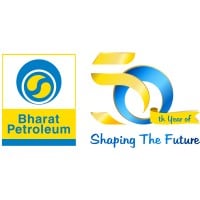
PJSC "Rosseti"
Rosseti, Public Joint Stock Company (PJSC ROSSETI) – an operator of energy grids in Russia, is one of the largest electric companies in the world. The company maintains 2.30 million km of power transmission lines, 490,000 substations with transformer capacity of more than 761 GW. In 2015, net power supply to consumers amounted to 720,5 billion kWh. The number of employees of the Rosseti Group of Companies is 216,000 people. The asset portfolio of PJSC ROSSETI includes 37 subsidiaries and affiliates, including 14 interregional and a main network company. The controlling shareholder of the company is the state represented by the Federal Agency for State Property Management of the Russian Federation, which owns 87.9% of the share capital. PJSC ROSSETI is a leading company in the Russian market in introducing innovative technologies to the main and distribution grid complex. The company pays great attention to such issues as energy conservation, energy efficiency, international cooperation, environmental protection and occupational safety.






